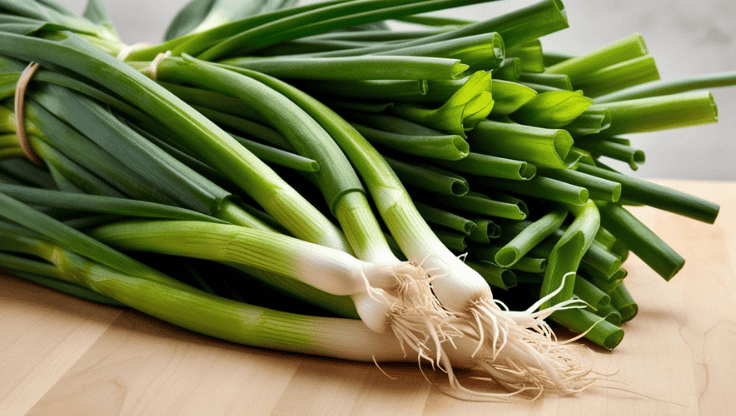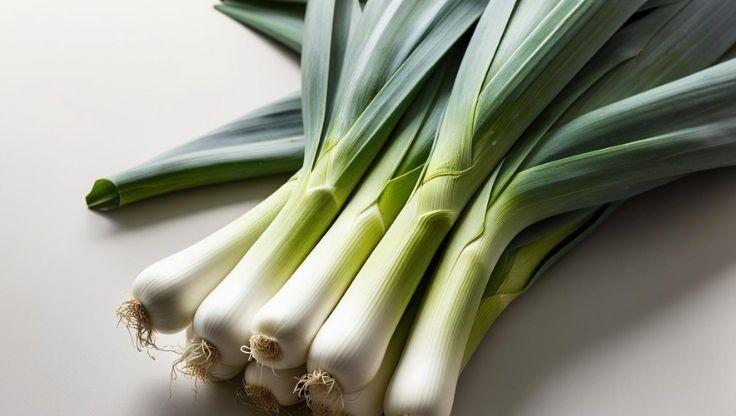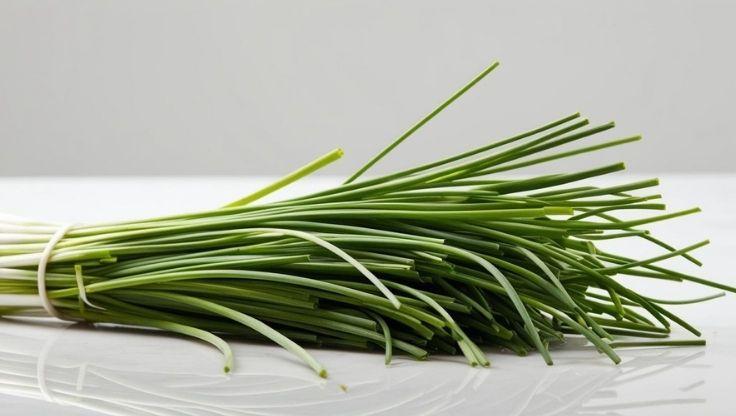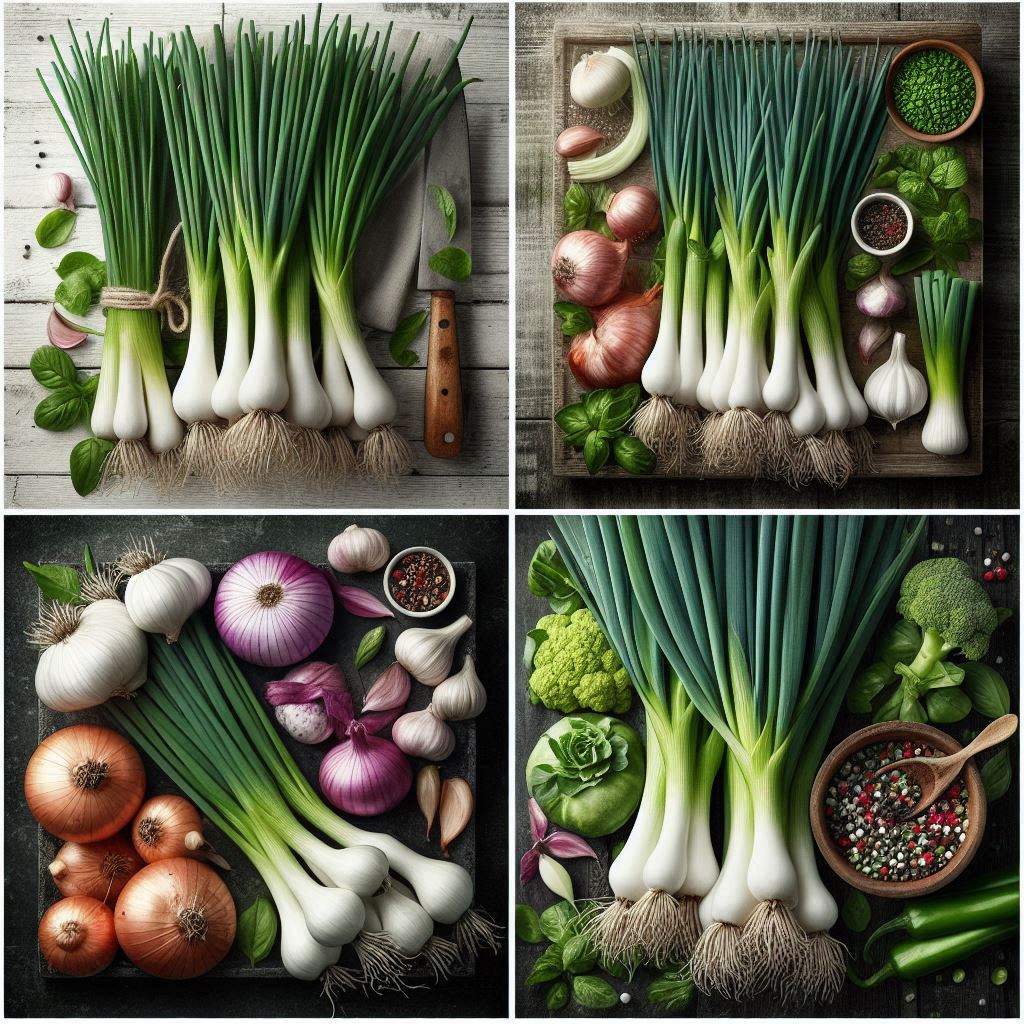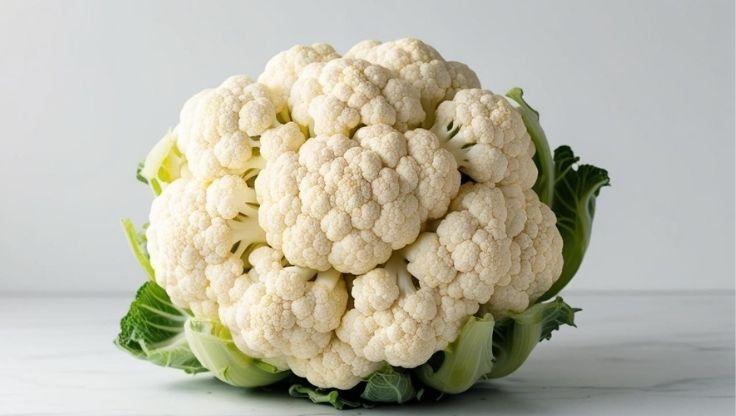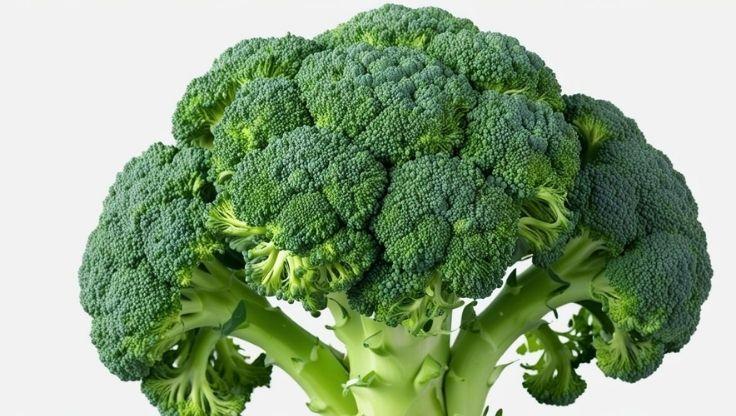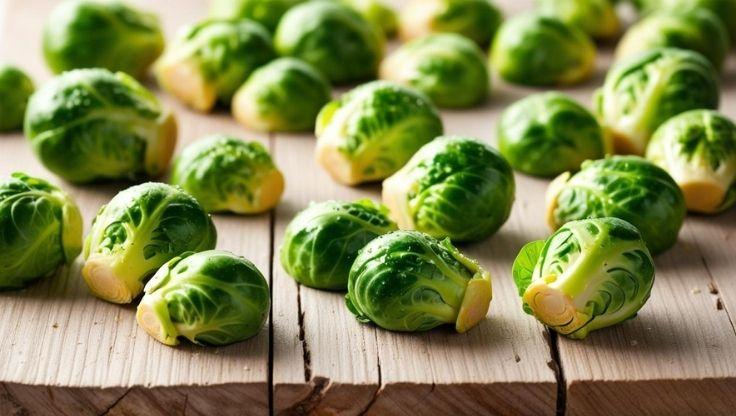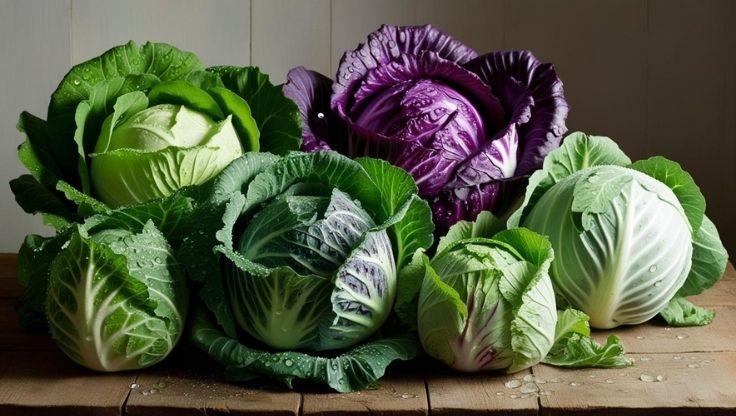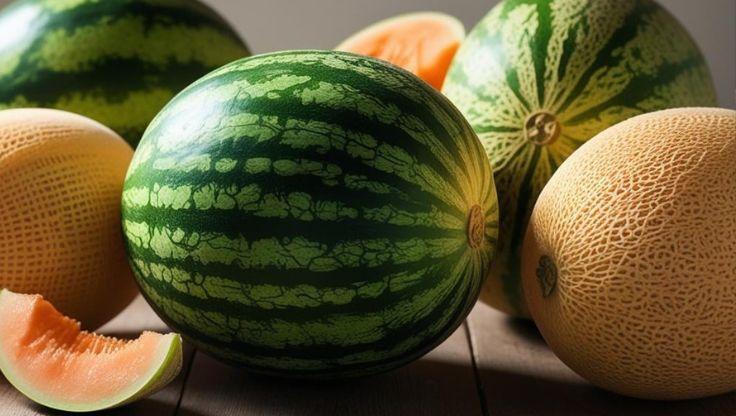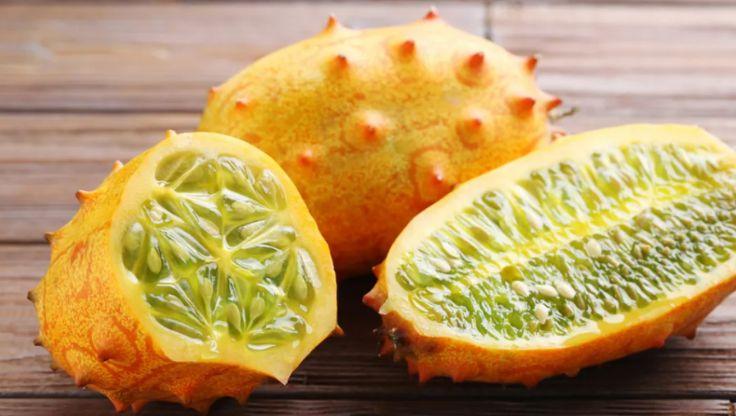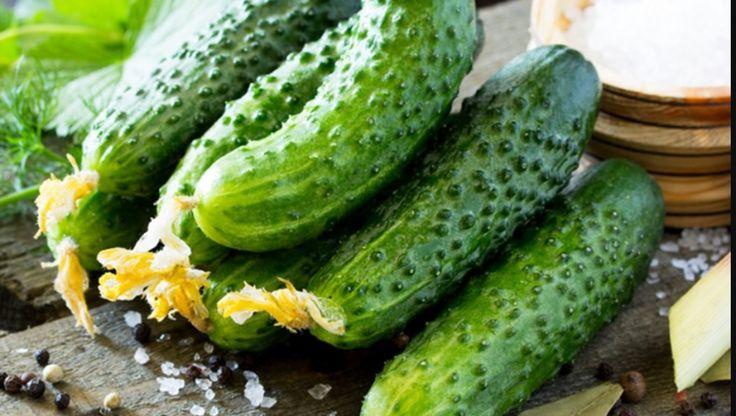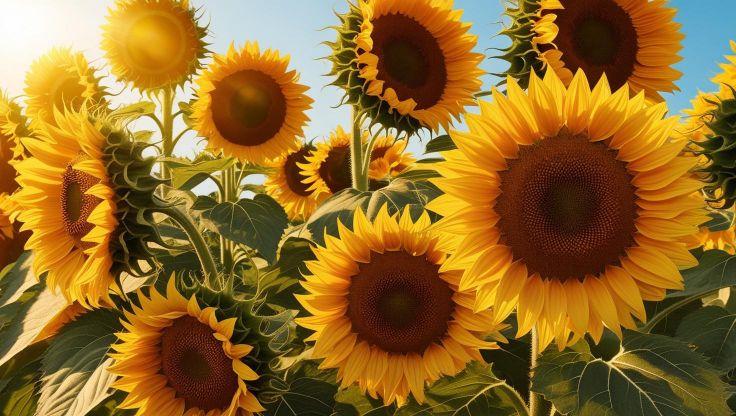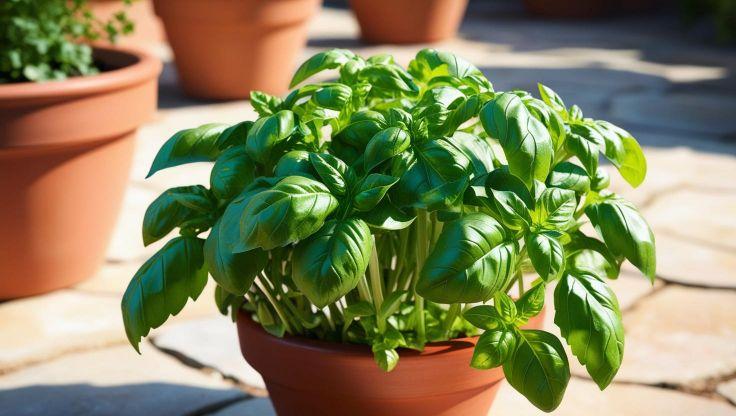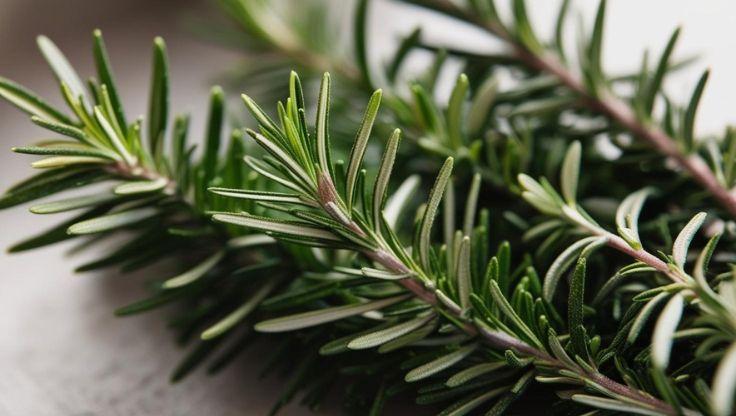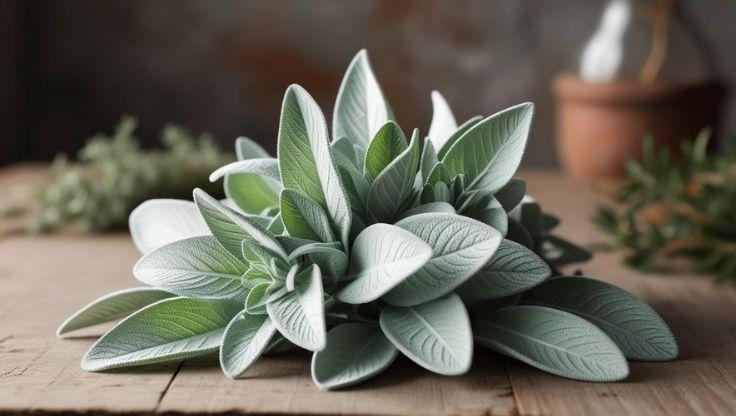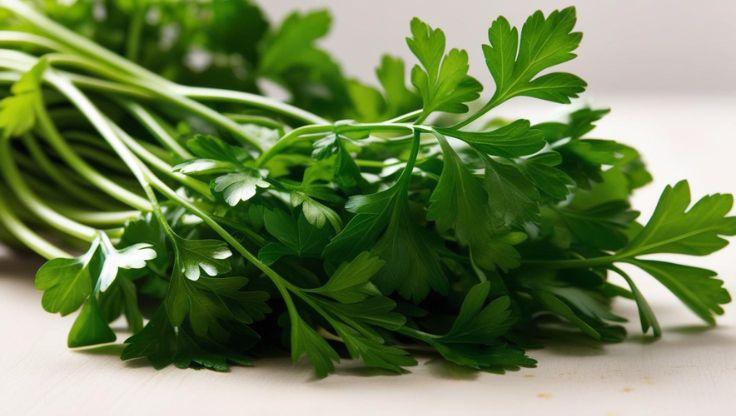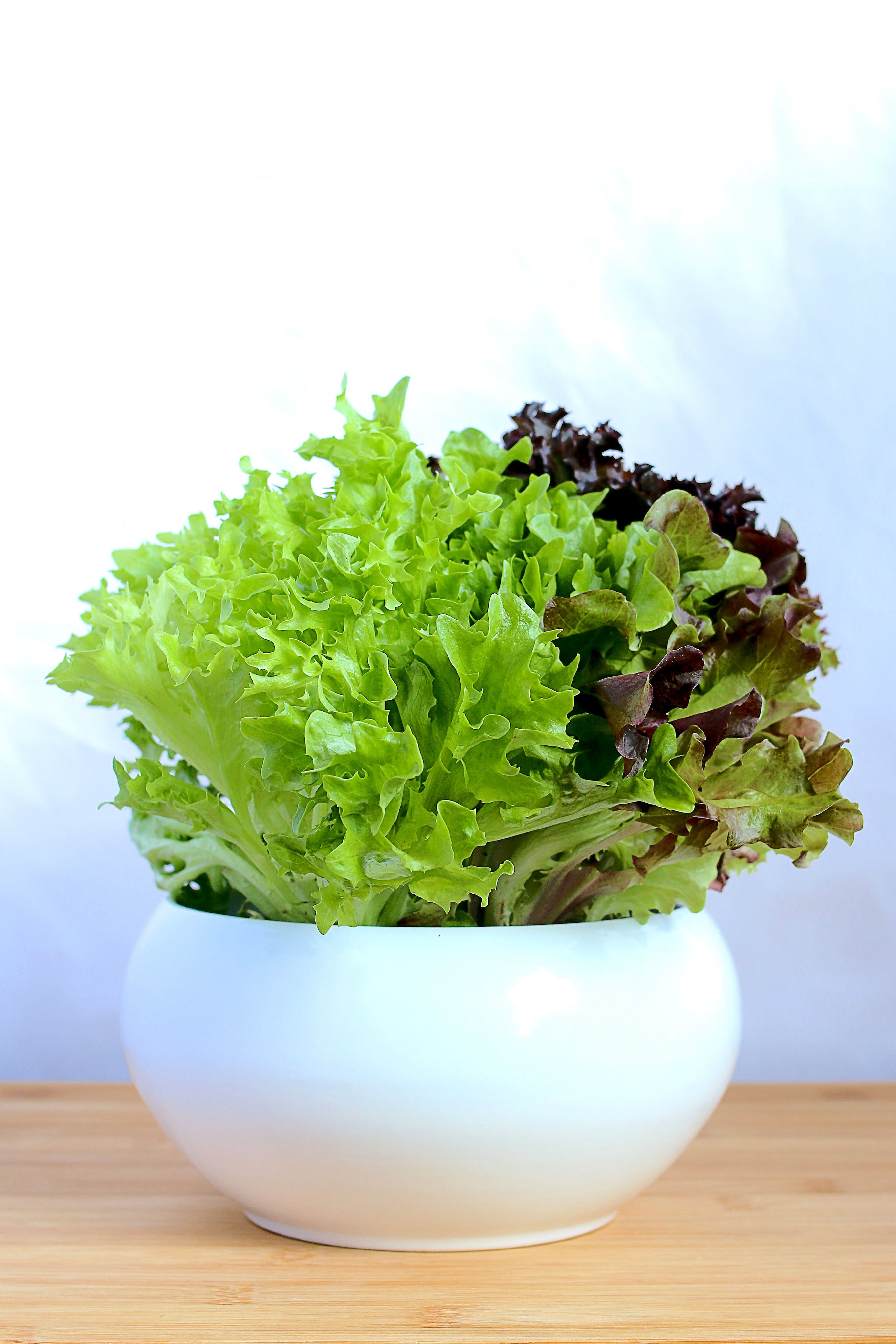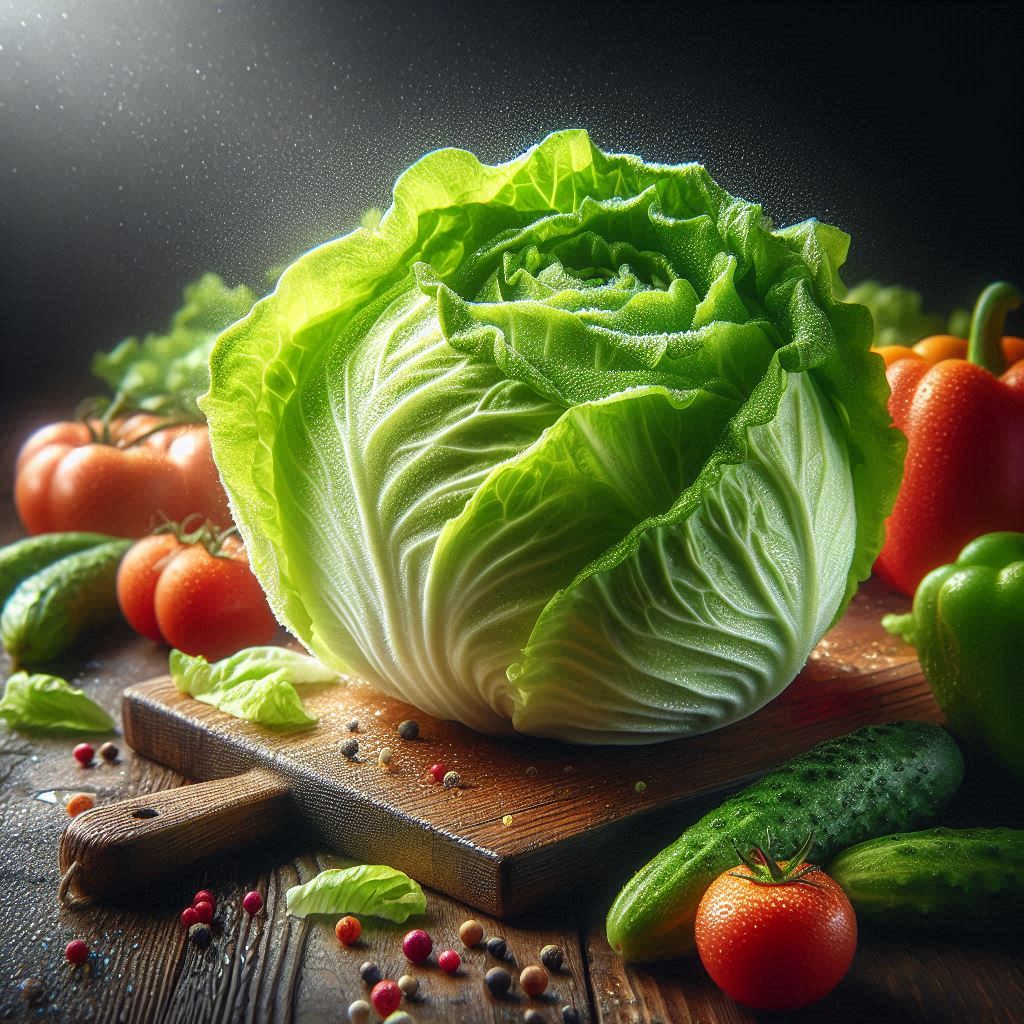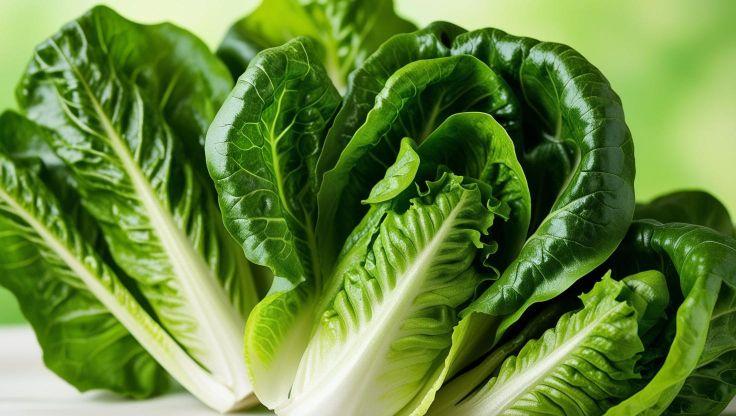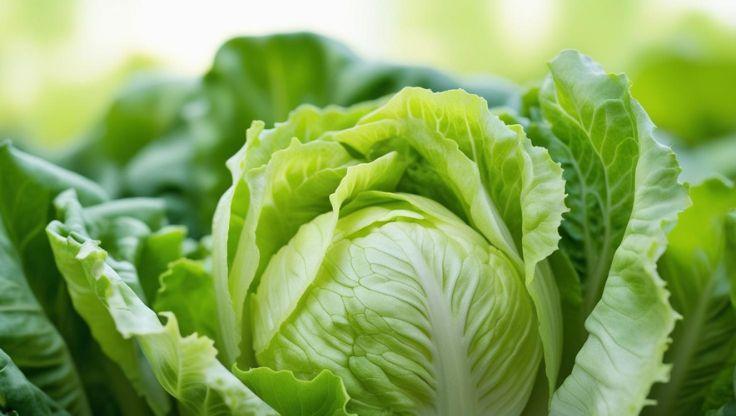Hydroponic Plants: Cultivating Kale for Maximum Growth and Nutrition
Kale (Brassica oleracea), a nutrient-dense leafy vegetable, has gained widespread popularity for its health benefits and adaptability in various farming environments. Traditionally cultivated in Europe and Asia, kale thrives in diverse climates and is now a staple in global cuisine. With the rise of hydroponic farming, hydroponic plants like kale are proving to be highly efficient in controlled environments. Hydroponic cultivation optimizes water usage, reduces disease risks, and enhances nutrient absorption, making it an ideal alternative to conventional soil-based farming.

Hydroponic Growing Conditions for Kale
Optimal pH and EC Levels
To ensure optimal growth and nutrient absorption, hydroponic kale requires a carefully balanced environment. The ideal pH range for kale cultivation is 5.5–6.5, which optimizes nutrient uptake and prevents deficiencies. Additionally, maintaining electrical conductivity (EC) levels between 1.5–2.5 mS/cm supports balanced mineral absorption, ensuring steady leaf expansion and overall plant health.
Regular monitoring of these parameters is essential to sustain plant vigor and maximize yield. Adjustments may be necessary depending on the growth stage, with younger plants benefiting from slightly lower EC levels to encourage root development.
Light, Temperature, and Humidity Requirements
Hydroponic kale thrives under 12–16 hours of full-spectrum LED lighting, which promotes consistent photosynthesis and robust leaf production. The recommended temperature range for hydroponic kale is 18–24°C (65–75°F) during the day and 10–18°C (50–65°F) at night, ensuring steady metabolic activity and preventing stress-related growth issues.
Maintaining humidity levels between 50–70% during the day and 60–80% at night is crucial for healthy foliage and preventing dehydration. Excessively low humidity can lead to leaf curling, while overly high humidity increases the risk of fungal infections such as powdery mildew.
Best Hydroponic Systems for Kale
Several hydroponic systems efficiently support kale growth, each offering unique advantages:
- Deep Water Culture (DWC) – Provides continuous root hydration, ensuring rapid development and nutrient absorption.
- Nutrient Film Technique (NFT) – Facilitates uninterrupted nutrient circulation, optimizing oxygenation and reducing water waste.
- Aeroponics – Boosts nutrient absorption via misted delivery, enhancing root health and accelerating growth rates.
Selecting the appropriate hydroponic system depends on space availability, resource management, and desired yield efficiency. Each method offers distinct benefits, making hydroponic kale cultivation adaptable to various growing conditions.
Nutrient Solutions and Water Management
Hydroponic kale depends on essential nutrients such as nitrogen, phosphorus, potassium, calcium, and magnesium for healthy leaf formation. Effective pH regulation, oxygenation, and temperature control contribute to optimal plant development.
Cultivation Process of Hydroponic Kale
Germination and Seedling Development
Kale seeds typically germinate within 5–10 days, provided they are maintained at an optimal temperature range of 18–24°C (65–75°F). During this stage, consistent moisture and proper airflow are essential to prevent fungal infections. As seedlings develop over 3–4 weeks, they require adequate light exposure (12–16 hours daily) and a balanced nutrient solution to support early root and leaf formation.
By 4–5 weeks, seedlings are ready for transplantation into hydroponic systems. At this stage, their root structures are sufficiently developed to absorb nutrients efficiently, ensuring a smooth transition to a soil-free environment.
Growth and Maturity Timeline
Once transferred to a hydroponic system, kale matures within 50–80 days, depending on the variety and environmental conditions. Early cultivars, such as Lacinato and Red Russian Kale, can be harvested in 50–60 days, while later-maturing varieties, like Siberian Kale, may require up to 80 days.
The entire seed-to-harvest cycle lasts approximately 70–90 days, influenced by factors such as light intensity, temperature stability, and nutrient availability. Proper spacing—typically 8–12 inches between plants—ensures uniform vegetable development and prevents overcrowding, which can lead to stunted growth.
Environmental Management for Optimal Yield
Managing environmental factors is crucial to preventing premature bolting, a condition where kale plants flower too early, resulting in bitter leaves. To mitigate this, growers should:
- Maintain consistent temperatures between 18–24°C (65–75°F).
- Regulate humidity levels between 50–70% to prevent dehydration.
- Optimize nutrient balance, ensuring sufficient nitrogen, potassium, and phosphorus for steady leaf expansion.
By implementing these strategies, hydroponic kale growers can achieve high-quality yields with nutrient-dense, flavorful leaves year-round
Uses and Benefits of Hydroponic Kale
Culinary Applications
Kale is a highly versatile vegetable, widely used in both raw and cooked dishes. Its crisp texture and nutrient density make it a staple in salads, where it adds a refreshing crunch and enhances the overall nutritional profile. In smoothies, kale serves as a powerful ingredient, boosting vitamin content and antioxidant levels, making it a favorite among health-conscious consumers.
Beyond raw applications, kale is frequently incorporated into stir-fries and soups, where its earthy flavor and hearty texture complement a variety of ingredients. It is also used in baked kale chips, offering a nutritious alternative to processed snacks. Hydroponically grown kale ensures consistent quality, flavor, and nutrient density, making it ideal for culinary applications.
Health Benefits
Hydroponic kale is packed with essential nutrients, including Vitamin A, Vitamin C, and antioxidants, which contribute to immune function, digestive health, and bone strength. Its high fiber content supports gut health, aiding digestion and promoting overall well-being.
Additionally, kale contains anti-inflammatory compounds, such as quercetin and kaempferol, which help reduce oxidative stress and support cardiovascular health. Studies suggest that regular consumption of kale may lower cholesterol levels and improve heart function, making it a valuable addition to a balanced diet.
Sustainability Advantages
Hydroponic farming offers significant environmental benefits compared to traditional soil-based cultivation. Water usage is reduced by up to 90%, as hydroponic systems recycle and optimize nutrient solutions. Furthermore, the absence of soil eliminates the risk of soil-borne diseases, reducing the need for chemical treatments.
The controlled environment also minimizes pesticide use, ensuring cleaner and safer produce. Additionally, hydroponic systems allow for year-round cultivation, reducing reliance on seasonal availability and improving food security.
Challenges and Solutions in Hydroponic Kale Cultivation
Common Pests and Diseases
Despite the controlled environment of hydroponic systems, kale remains susceptible to certain pests and diseases that can hinder growth and reduce yield. Implementing proactive management strategies is essential for maintaining plant health.
- Aphids – These small insects feed on plant sap, causing curled leaves and stunted growth. They can be managed using organic repellents, beneficial insects such as ladybugs, and regular monitoring to prevent infestations.
- Fungal Growth – Excessive moisture can lead to mold formation, particularly in humid conditions. Proper air circulation, humidity control, and antifungal treatments help mitigate this issue and ensure healthy leaf development.
Growth Issues and Solutions
Hydroponic kale requires precise environmental management to optimize growth and prevent stress-related issues. Adjusting key factors such as temperature, nutrient balance, and airflow ensures healthy development.
- Preventing Bolting – Bolting occurs when kale prematurely flowers, leading to bitter leaves. Maintaining stable temperatures between 18–24°C (65–75°F) and avoiding sudden temperature fluctuations can prevent this issue.
- Nutrient Deficiencies – Kale requires a balanced nutrient solution, particularly sufficient nitrogen, potassium, and phosphorus, to encourage strong leaf formation. Regular electrical conductivity (EC) monitoring ensures optimal nutrient absorption.
Research for expert insights
For expert insight and valuable information, check out the following comprehensive articles:
|
Company Name |
Article Title |
Article Link |
|---|---|---|
|
ResearchGate |
Growth, Phytochemicals, and Antioxidant Activity of Kale Grown under Different Nutrient-Solution Depths in Hydroponic |
|
|
Academia.edu |
The Effect of Hydroponic Nutrient Sources and Planting Media Types on the Growth and Production of Chinese Kale |
|
|
MDPI |
Growth, Phytochemicals, and Antioxidant Activity of Kale Grown under Different Nutrient-Solution Depths in Hydroponic |
Their detailed analysis provides in-depth knowledge, making them an excellent resource for readers who want to expand their understanding.


